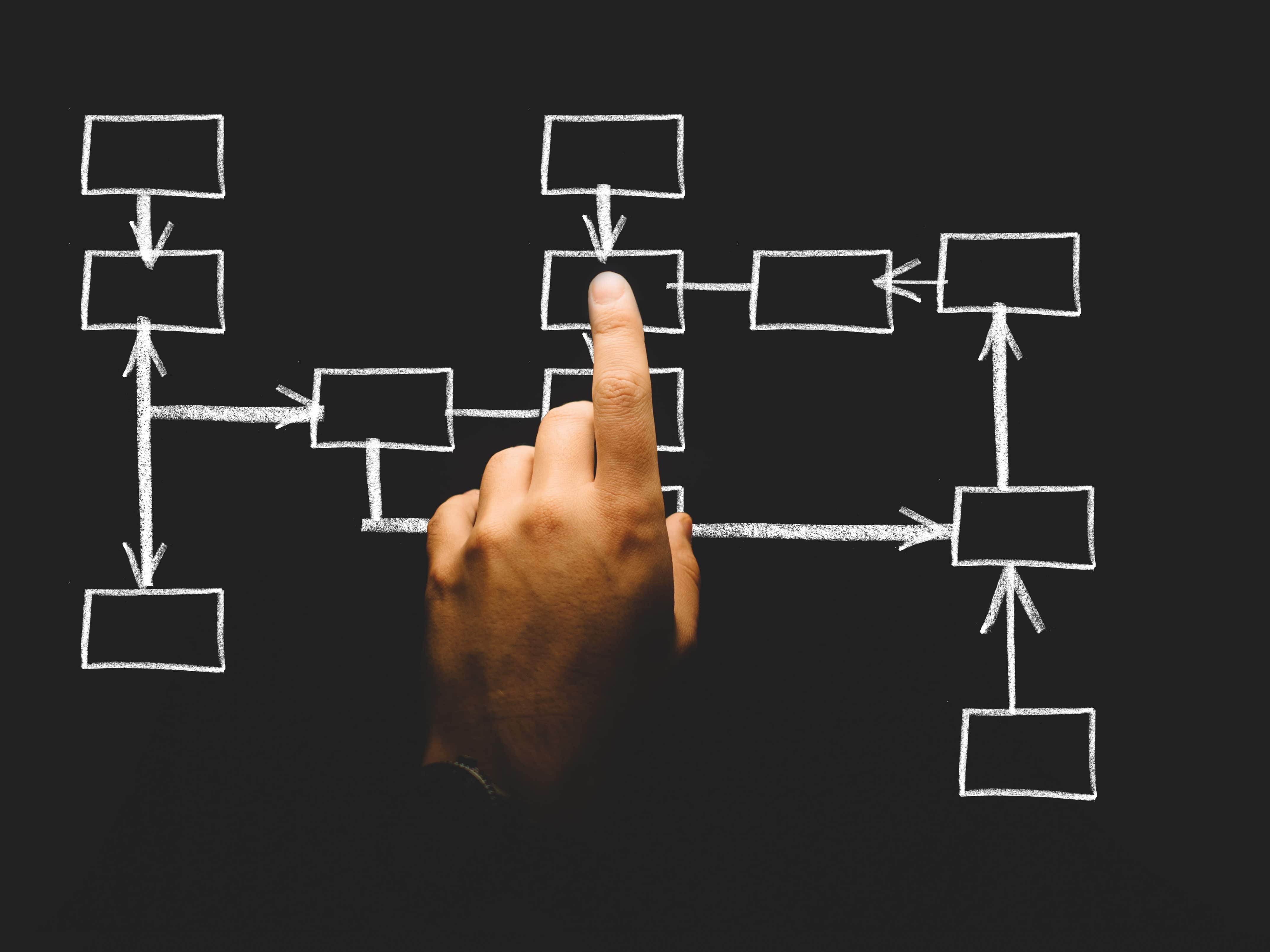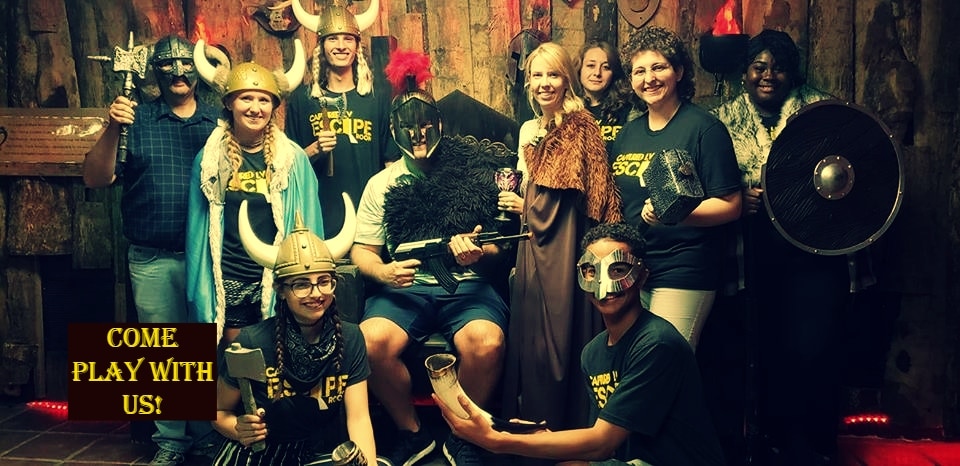When escape rooms first waltzed into the entertainment industry, there were only a handful of them worldwide. Now, just a couple years later, nearly every city has a surfeit of escape room options, making it difficult to prune the best from the rest.
Escape room design involves more than tossing a few puzzles into a retired office complex and calling it “exhilarating fun for the whole gang.” With that in mind, we at Captured LV stepped back and thought about what we think makes a great escape room.
Game Design
Game design pertains to all atmospheric elements of an escape room: theme, story, objective, props, background, etc.

Tying into this, interior design needs to be of quality and sturdy. Escape rooms see hundreds of people a day, but excessive traffic shouldn’t be apparent to players when they are interacting with props. Wear and tear is natural, but staff should be mindful that some of the “escapism” can be robbed from new players by props and sets showing excessive damage.
Puzzle Quality, Flow & Density

Quality escape rooms have multiple puzzle-types and clue threads laying around appropriately portioned for the intended group size (“room density”). This allows players the opportunity to break apart and work on loose ends when they get stumped until they are lead somewhere else. Sometimes a clue encountered in the beginning of a game won’t make sense to players until towards the very end, but when all the room’s components are analyzed as a whole, it shouldn’t be beyond the average person to understand why things lead to what they did.
Service
Fact is, this isn’t a puzzle business, it’s a people business. Customer service shouldn’t be overlooked when running escape rooms; it can make the difference between people coming back to a franchise or looking elsewhere. Game monitors should be friendly and intuitive, understanding when to lend a hand and when to let the group find their own way. We have much to be proud of here at Captured LV, but we are most proud of our awesome staff!

All the criteria above is just our opinion, of course. We would love to hear what you think makes a great escape room!





